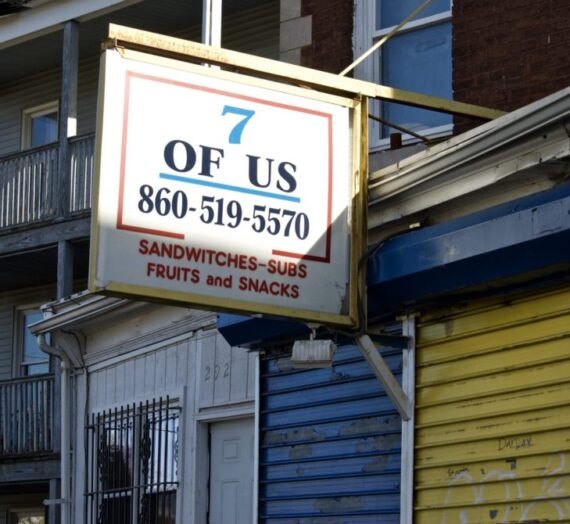The challenge ends on Friday, but people can still participate even if they are only just finding out about it now. Each week of it, I’ve been offering another reason to take part, and here’s why you might want to begin now: data.
To be more specific, by recording your trips, you gain a running total of data for both yourself and other participants.
I cropped off my actual data because I only want to show the categories, which are a bit simplified. For instance, when it says money saved, it’s not going to provide a grand total as if you did not own a money pit of a vehicle to begin with — it uses miles not driven multiplied by the mileage reimbursement rate set by the U.S. government. Still, that gives you a sense of how it adds up when you walk or bike a mile.

You can see from day-to-day what type of trips you took. The colorful squares are multi-modal trips — some combination of walking, biking, scootering, taking transit, or carpooling. You can link up apps like Strava to record automatically, or enter information manually. I do the latter, saving repeat trips (standard work commute, standard grocery run, etc.) under the profile. It might seem like extra work, but for the most part I’ve entered my information while waiting for a bus, waiting for a crosswalk light, or waiting for my work computer to boot up; in other words, this is happening during down time.

What interests me is not so much myself, but the collective impact of this.
It’s like using the fancy water bottle refill stations that tell you how many single-use containers were avoided. Is it completely accurate? Some using those water refill units never purchase bottled water anyway, but there’s still something encouraging about boosting the number for everyone. For me, single-occupant vehicle driving is not the default, so I have not actually eliminated any car trips. My behavior that changes is simply recording what I am doing and contributing to the sense of what others can accomplish. As of this past weekend, there were 29,733 trips that people might have taken by single-occupancy vehicle since Earth Day, but instead chose greener travel. Most of those trips were not recorded by me.
That matters, especially when existing outside of a car in much of Connecticut is considered alternative.
Recording trips lets others know that they are not alone in this; while some of us don’t understand urges to conform, others do need to see that they are not alone.

This also shows impact.
Much of that $306,167 saved was spent on something besides train and bus fare.
The trees planted? That’s one for every thirty single-occupancy vehicle trips eliminated. This does not mean that each person has to reach thirty trips; it’s what participants achieve collectively. Even if you have done no other participation this month, replacing one car trip with a bike ride can boost that number for everyone. But please, only aim to get more trees if you like things like breathing cleaner air and having a natural way to cool off from the heat.
Their goal for this challenge was to eliminate 30,000 car trips and plant 1000 trees — a goal that should easily be met in the next few days. Basically, you have an improvement to air quality by reducing tailpipe emissions, and then a second improvement by adding those trees.
So, what do we think — better than the Tide Pod Challenge?

